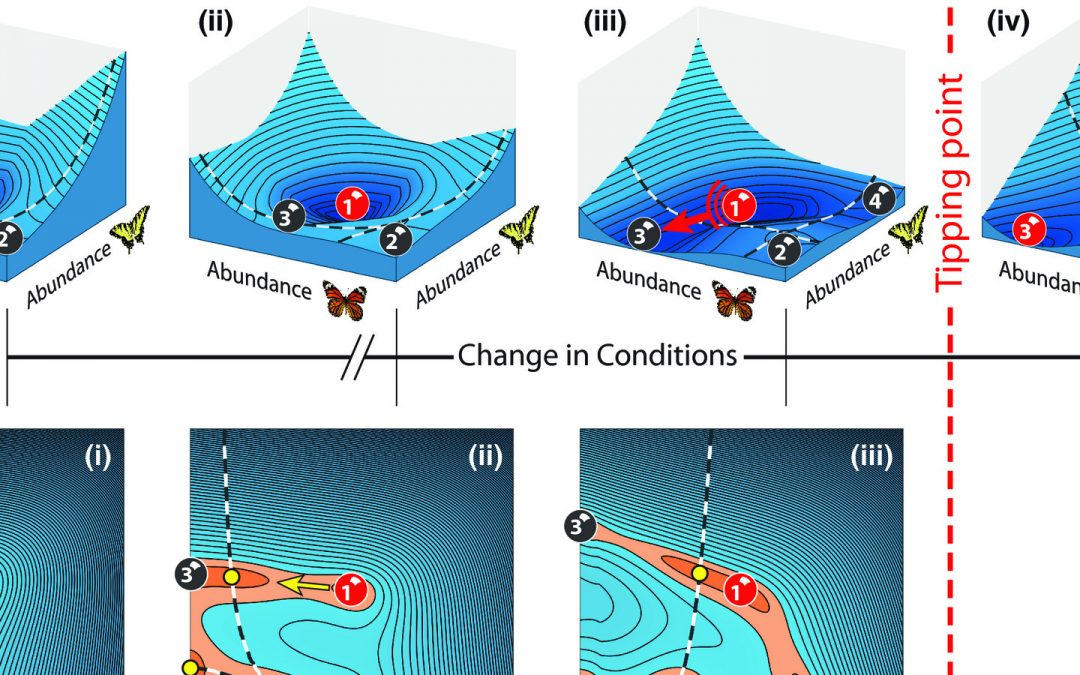
Figure 1 from the article, depicting a tipping point emerging in an energy landscape.
Changing conditions may lead to sudden shifts in the state of ecosystems when critical thresholds are passed. Some well‐studied drivers of such transitions lead to predictable outcomes such as a turbid lake or a degraded landscape. Many ecosystems are, however, complex systems of many interacting species. While detecting upcoming transitions in such systems is challenging, predicting what comes after a critical transition is terra incognita altogether. The problem is that complex ecosystems may shift to many different, alternative states. Whether an impending transition has minor, positive or catastrophic effects is thus unclear. Some systems may, however, behave more predictably than others. The dynamics of mutualistic communities can be expected to be relatively simple, because delayed negative feedbacks leading to oscillatory or other complex dynamics are weak. Here, we address the question of whether this relative simplicity allows us to foresee a community’s future state. As a case study, we use a model of a bipartite mutualistic network and show that a network’s post‐transition state is indicated by the way in which a system recovers from minor disturbances. Similar results obtained with a unipartite model of facilitation suggest that our results are of relevance to a wide range of mutualistic systems.
The article is published in the journal Ecology Letters (IF 8.7).
Reference: J. Jelle Lever; Ingrid A. van de Leemput; Els Weinans; Rick Quax; Vasilis Dakos; Egbert H. van Nes; Jordi Bascompte; Marten Scheffer. Foreseeing the future of mutualistic communities beyond collapse. Ecology Letters, 10 November 2019.
Link to article: click here.

